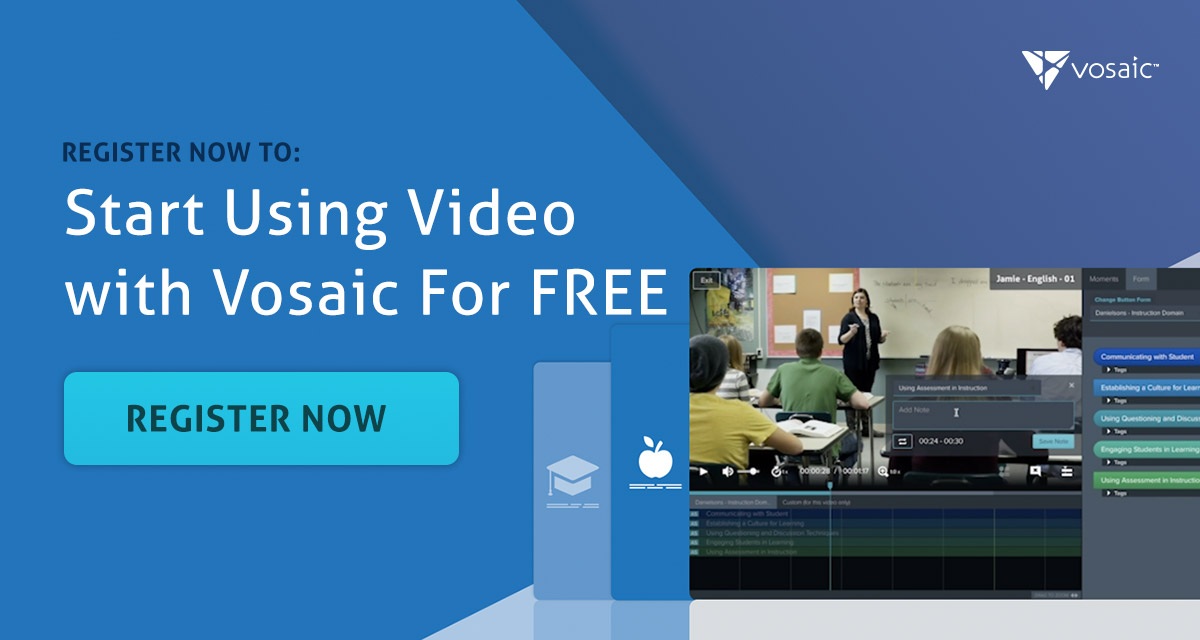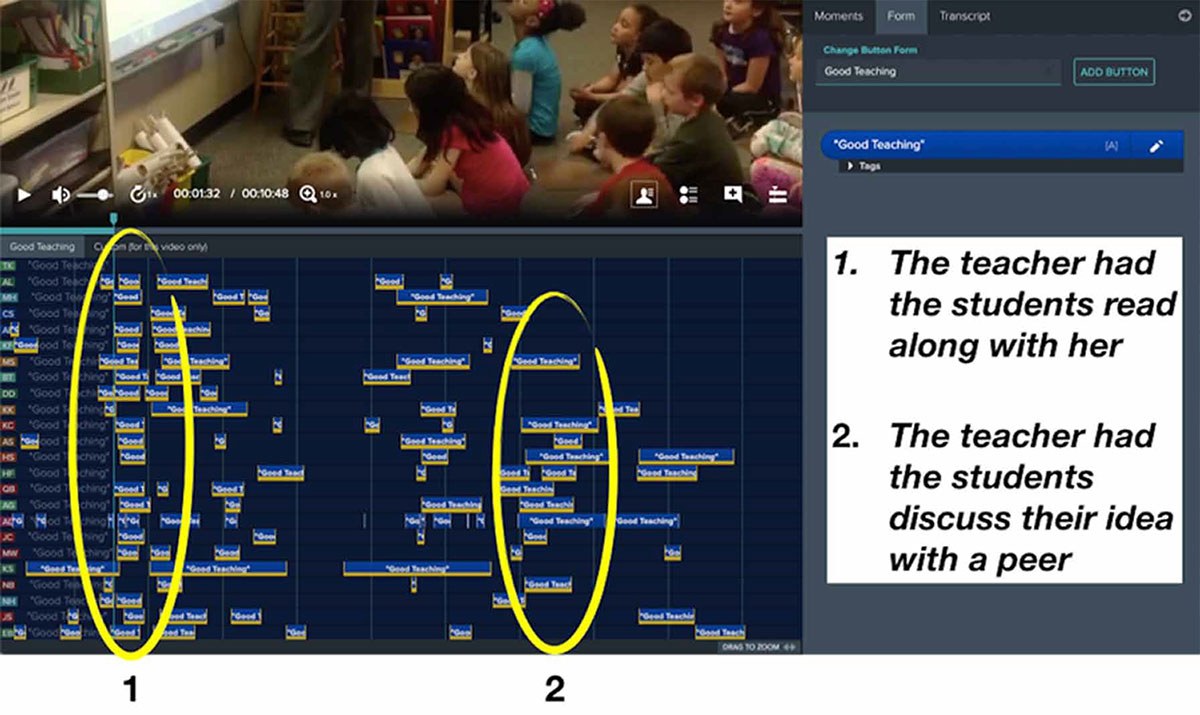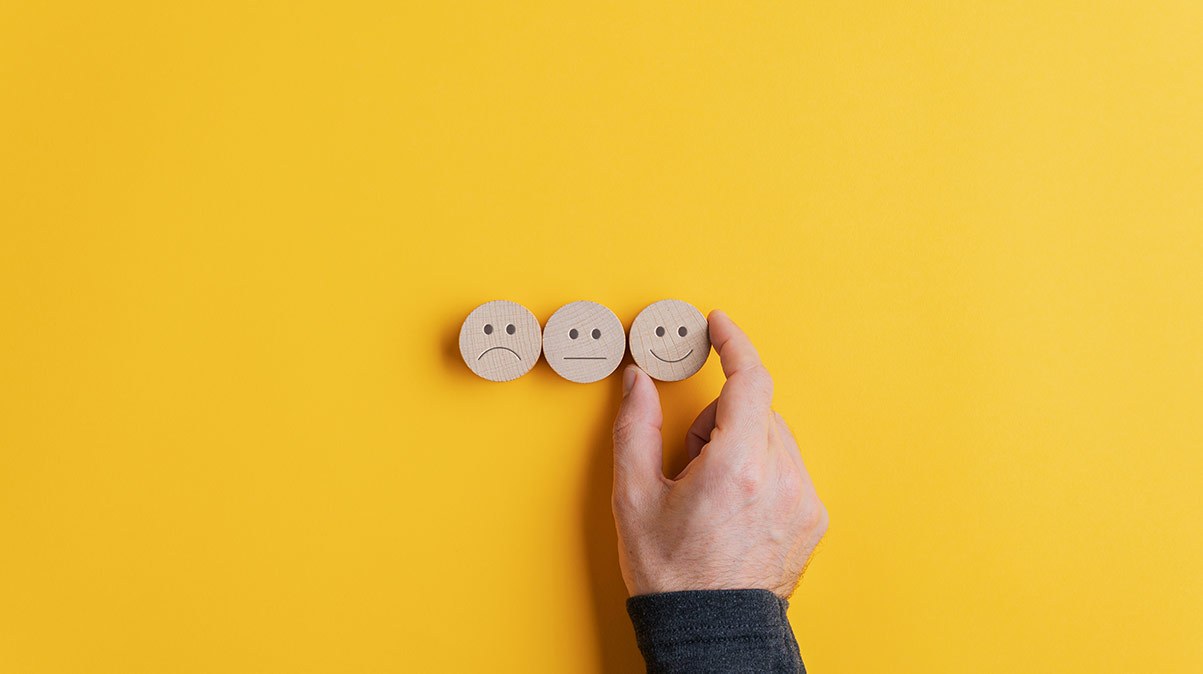Studies list the post-Millennial generation as the most diverse generation in the US to date. Generation Z currently consists of 7- to 22-year-olds who vary more in race, ethnicity, orientation, and economic background than any other generation at this age. Considering the education system is currently made up primarily of this generation, educators must be aware of these individual differences in their teaching practices.
By creating a more equitable education system, teachers and institutes ensure that every student can succeed. This process starts by understanding the difference between equity and equality. Whereas equality entails treating everyone the same, equity is the practice of giving everyone the resources and opportunities necessary to become equal (The Glossary of Education Reform). Equitable education often involves providing different or additional resources to those who might be considered underserved than those who are not.
There are different ways in which teachers can promote a more equitable environment in their classrooms, beginning with recognizing and acknowledging the different backgrounds that students come from, and how those might affect their process of learning.
Inequity can take shape in a variety of forms, due to circumstances related to the student, the educator, the school, or all three. Conditions might include the socioeconomic status of the student, the inability for less wealthy schools to attract top-performing teachers, or the design of assessments.
So why does this all matter?
Though educators and administrators might try to create more equality within their schools, they sometimes fail to recognize that not all students come from the same background. So even when giving students the same resources and opportunities, those who didn’t have the same starting point as their peers will still end up finishing behind (Cummings). By focusing resources on those who need them most instead, schools can ensure that equitable inputs lead to equal outcomes for their students.
Using platforms like Vosaic enables teachers to spot cues of inequity that they may have missed at the moment, allowing them to identify students who might need some form of intervention.
The responsibility to make education more equitable doesn’t fall solely on teachers, but they potentially have the most direct impact. There are different ways in which teachers can promote a more equitable environment in their classrooms, beginning with recognizing and acknowledging the different backgrounds that students come from, and how those might affect their process of learning. The process also involves giving every student a voice and listening to what they’re saying, and discouraging practices and behaviors that might alienate specific groups or individuals (Stroud).
Creating a cultural and behavioral shift in the classroom sounds like it could be a bit overwhelming, especially when some of the signs of inequity might be a little harder to spot amidst the chaos of the classroom. One way that schools can encourage more mindful and equitable practices is by introducing video into the classroom.
The use of video in the classroom is not a new concept. Many schools have encouraged teachers to record themselves during lessons for self-reflection, instructional coaching, peer observation/feedback, and administrative evaluation. Video is an excellent resource for enacting change in teaching because it provides clear and objective evidence of current practices and how they can be improved. The issue of educational inequity is not an exception to this, both at the classroom and district level.
Self-Reflection
Part of the foundation for creating a more equitable learning environment for students is self-awareness. Whether intentional or not, human beings interact differently with (and react differently to) people who are dissimilar to them. Teachers must be aware of the different backgrounds their students come from, culturally, socially, racially, and so on. But because of the unintentional biases that can naturally occur, it’s equally important for teachers to be aware of their own backgrounds and how that might cause them to interact with others.
However, it’s a lot to ask teachers to continually take mental notes of the minor discrepancies in how they interact with each student, all while trying to lead a classroom. These discrepancies may seem outwardly very small; standing on one side of the room more than the other, slightly rephrasing the same question to different students, etc.
By incorporating video in the classroom, schools can mitigate the subjectivity of relying on memory to build teacher self-awareness. Recordings of classroom sessions can be watched and rewatched, allowing teachers and instructional coaches to pick up on details that they may not have noticed or remembered otherwise. It becomes much easier to see and adjust unfair patterns of practice.
Peer Observation
Though self-reflection is a vital activity, there are also many benefits to peer observation in the realm of educational equity. Unfortunately, with the hectic schedules that teachers must adhere to, it can be almost impossible to observe other educators in their department or school. The use of video cuts unnecessary work from this process.
Instead of trying to work around each others’ schedules, one educator can choose the lesson that they want to share, record it, and easily share it with their peers (as well as instructional coaches, administrators, etc.). This practice is helpful for a few reasons; first, once they’ve completed the process of self-reflection, it can be beneficial for teachers to have a few more sources of feedback.
Peer observation can also provide excellent examples of best practices in creating more equitable classrooms. Teachers can learn so much by seeing positive examples of their peers putting fair principles into practice. The ease of sharing, storing, and watching videos of peers can also enable a more continuous process of peer observation that exists outside of the borders created by the traditional classroom.
Student Engagement
Creating equity in educational settings isn’t just about how teachers and their peers behave, but also about understanding which students need more time and attention to succeed. Therefore, teachers must be attentive to the verbal and physical cues that are taking place in their classes.
It’s not always hard to spot disengaged students; they might talk out of turn, distract others, fall asleep during lessons, or outright refuse to participate. It might be easy to chastise or dismiss these students, but they may not be acting out just for the sake of acting out. Students who are having trouble understanding the subject at hand are much less likely to focus and participate and are more likely to actively disengage.
These disruptive, disengaged tendencies aren’t solely caused by a lack of understanding, either. Another barrier to classroom equity is how students interact with each other. Just as teachers are susceptible to an unconscious bias towards others, so are students. Students who lack a feeling of belongingness are understandably less likely to feel excited about and engaged in the schoolwork at hand, so educators must foster an environment of respect and inclusion.
The incorporation of classroom recordings can bring disengaged students to the forefront of educators’ attention, making it easier to catch signs they may have overlooked otherwise. After pinpointing patterns of disengagement, teachers can determine whom they need to dedicate more time and resources to. Moving forward, they can even analyze how much time they spend in each video interacting with students who need varying levels of attention. They can also more clearly observe instances of unfair behavior among peers and can take the appropriate corrective actions to ensure that everyone is fairly treated.
Resource Reallocation
The uses above feed into the development of teachers and students, at both the classroom and school level. Still, the data collected in individual classroom recordings can enact change within entire districts as well.
No two individuals are the same; this concept applies to students, teachers, and even institutions. It’s not very often that every school in a district is given the same resources for enabling the success of their students and teachers. Even when there is even distribution, there’s cause to revisit the distinction between equity and equality.
Pouring the same number of textbooks, whiteboards, or instructional coaches into every school does not guarantee the same results. By recording classrooms and taking a heightened interest in the backgrounds of their students, schools can provide their districts with concrete evidence of the resources, training, and support that they need to develop their teachers and students.
District Initiatives
Though resource reallocation is a valid way for districts to jumpstart the process of providing more equitable education opportunities for their students, it’s only the beginning. District-wide teacher initiatives are most effective when coming from the top and moving their way down. However, for new educational programs or goals to succeed, they must be created with the implementers and end-users in mind.
Patterns and anecdotes of inequity recorded in the classroom can inspire and fuel change within the center of the educational system. Changes could include the universal adaptation of more inclusive verbiage used within schools, improved teacher training of classroom equity practices, etc.
Vosaic as a Solution
So no two students, teachers, schools, or districts are created equally, and the use of video in the classroom can help spot areas of inequity and work towards more equality. However, no two video platforms are equal either. Luckily, Vosaic makes the implementation of video easier for educational professionals, allowing them to focus on and tackle the issue of classroom inequity.
With Vosaic, users can record, upload, annotate, and share videos all from one platform. It can be incredibly easy for teachers to perform self-reflection, as well as share classroom recordings to solicit peer observation and feedback. Users can also apply rubrics for the examination and annotation of specific videos, which makes it easier to notice and zone in on issues of equity.
Using platforms like Vosaic enables teachers to spot cues of inequity that they may have missed at the moment, allowing them to identify students who might need some form of intervention. Teachers can also benefit from the learning opportunity that’s provided by observing themselves and their peers. Schools can bring evidence of inequity to the district level to enact effective and lasting change within the education system.
At the end of the day, the observational capabilities that Vosaic brings to the table can help districts, schools, and teachers create more equal opportunities for their students to learn and succeed finding and mitigating areas of inequity.




